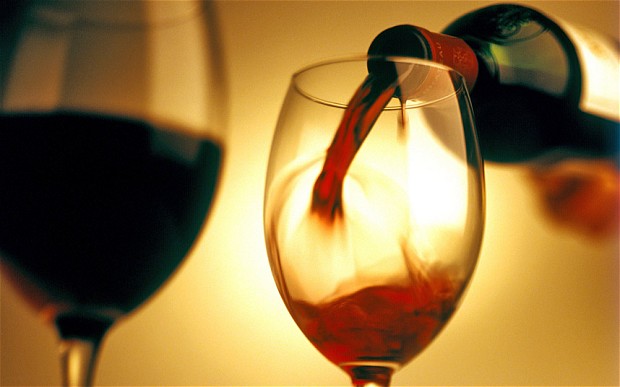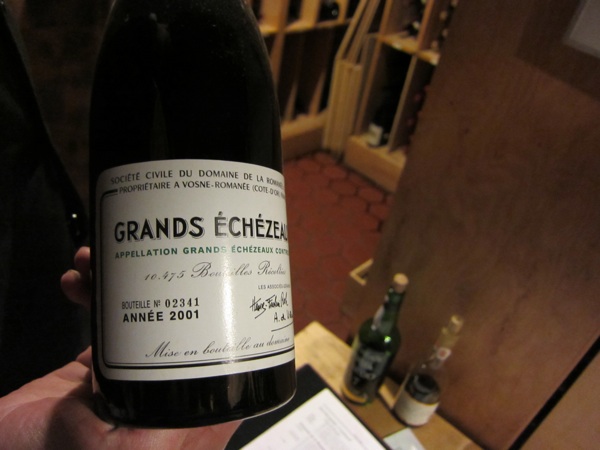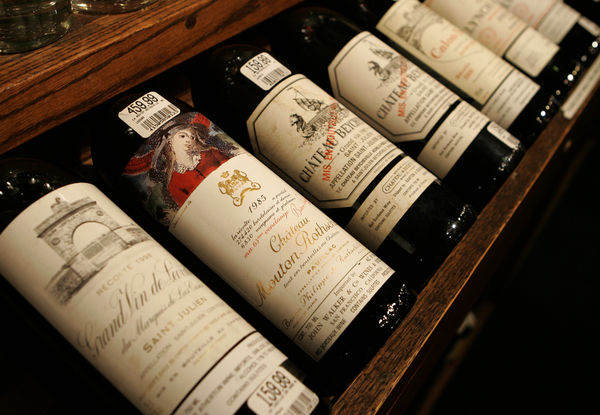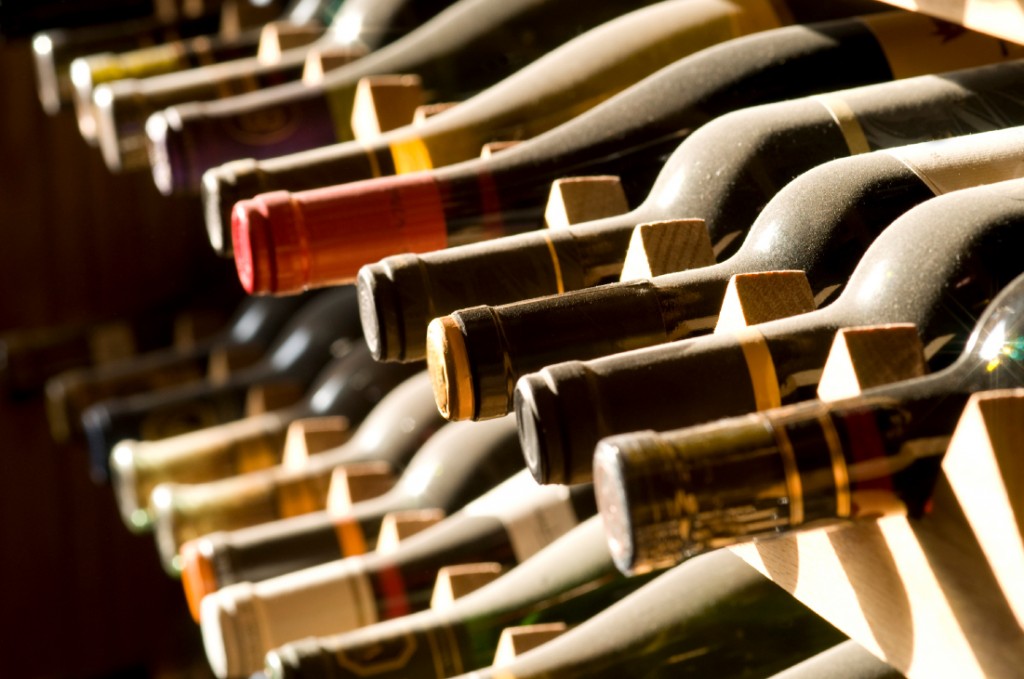How much it costs to produce one bottle? How are the profits shared in the different segments, from the winery to the shelf in the shop?

As for many other quality products, the value of a bottle of wine is not strictly related to the production cost. So, which is the right price?
This is a tough question and full of traps, and it’s difficult to find a straight answer.
In Uk, the Wine and Spirit Trade Association created an infographic summing up how much the consumer pays on average for the wine – including production, transports and all the other segments – and how much for taxes. Analyzing some wines ranging from £3-10 per bottle, which is the major wine segment in the large distribution. It’s interesting to underline that a consumer pays more taxes on a wine under £7 than over, showing that it’s actually better to buy good quality products, since the money actually go on the product itself and less in taxes. Averagely, 89% of the cost of a £3 wine goes on taxes, which means you drink a £0,30 bottle.

The costs are extremely variable among the different wineries. The USA wine sector is a good example, since there are some wineries approaching the market with economies of scale, like Bronco Wine Group with more than 40.000 hectares of vyneyards, and whose director, Fre Franzia, declares “wine would never cost more than $10”.
This is a possible limit for players like Gallo, Constellation Brands and The Wine Group who work on large numbers and can internalize entire parts of the business, selling its own wines for $2 per bottle, still making huge profits.
But also in the USA, especially in the Napa Valley, there are some producers focusing on small numbers and quality products, like in the famous wine terroirs in France and Italy. One of them is Bo Barrett, owner of Château Monteleana, who explained to the wine writer Tyler Coleman each passage of his bottles, from the cellar to the wine shops, restaurants and houses.

The principles are true for other countries too, like in Italy, where the real cost of a wine paid $100 at the restaurant, comes out of the winery for $19.
We are talking in this case of premium products, produced on hill vyneyards, with low yield, high cellar costs, like the French barriques – around $1400 each – and the corks at $4 each for top wines.
Then there are the marketing, business development and lauch costs, because the return on (large) investments in the wine sector requires around 4 years to show the first results.
Not to forget the main variable: nature. On average, 1 grape harvest out of 7 is damaged by the weather.
Summing up, an exact estimation of the costs is almost impossible, but an evaluation of producer profits was done by Rob McMillan, founder of the wine department of “Silicon Valley Bank”. According to his study, wine producers have an average of about 6.9%, a lot lower than consumers would expect.
Rephrasing the initial question: how a $19 bottle of wine can cost $100 at the restaurant?
Firstly, there are the taxes, which depends on the national legislation – and are particularly high in Thailand -, then there is the distributor, that of course has his own margin of profit. For example, the bottle at $19 from the producer, will be paid $33 by the wine shops or restaurant, which will easily become , $50 in the shop, which would mean $17 for the business man, from which you should detract the management expenses and other taxes. At the restaurant, it could cost $100 because the management costs of a restaurant are a lot higher than a retailer.
So, when you see a really expensive wine, think of all the passages and understand that – usually – there are no tricks or deceits, just costs, taxes and a lot of work.

You will definitely more your glass of wine!



 0
0